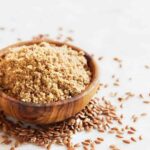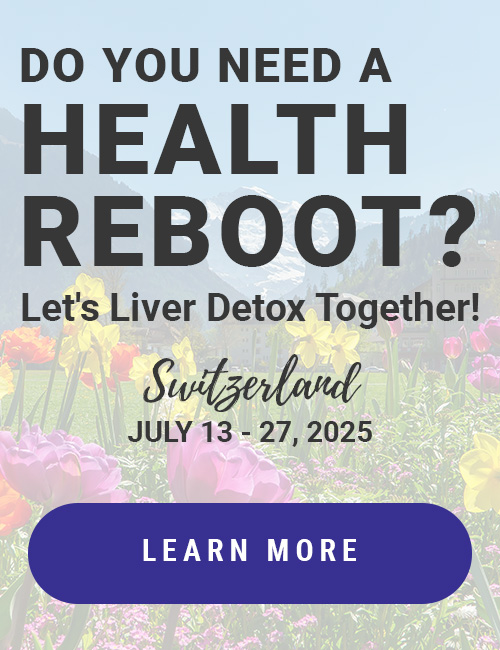Defending That My Diet’s Not All Raw
I read the raw foodists all the time (Patenaude, Wolfe, Boutenko, and lots more). I think their diet is fantastic. Sometimes I go all raw, for a few days, weeks, or even months. I wouldn’t criticize anybody for a minute who wants to do it permanently, as some of my friends do–they all enjoy excellent health.
So why don’t I eat 100% raw and promote it on my site? I thought I’d lay out my defense of NOT being all raw.
- Yes, when man discovered fire and begin to cook his food, he altered it for the worse, killing the life force in the food. But I think we’ve adapted biologically to thousands of years of eating whole, cooked plant foods, eaten as part of a diet containing lots of raw plant food. I think 60-80 percent is usually enough to provide outstanding disease prevention and an ideal weight. EVERY meal and snack should contain raw plant food. What we’re NOT adapted to is cooked, REFINED foods or a diet heavy in cooked food.
- I think that grains and legumes are good food. They’ve been used for thousands of years by most of the populations of the world. They provide good energy in the form of both carbs and protein, and the perfect amount of fat (which is to say, not very much). Hundreds of studies say they prevent disease.
- Most people can’t afford to eat 100% raw. Boutenko said several years ago that her family of 4 spends $1350 monthly ($45/day). Because I feed my family highly inexpensive whole foods in the form of legumes and grains, I spend $800/mo. to feed 50% more people than Boutenko does. In summary, my program is very do-able financially.
- It’s very hard to feed kids, especially teenagers, an all-raw diet. Without grains and legumes to give them higher calories and faster food to prepare, moms can really burn out and teenagers get surly and . . . downright hungry. I have tried it. It’s really hard (nigh unto impossible) to feed a house full of competitive athletes and teenagers all raw.
- On the other hand, it’s not very hard to eat 60-80% raw, at least after completing a learning curve (my 12 Steps to Whole Foods program is the learning curve, as I experienced it, flattened out for my readers to skip all the rabbit holes I chased down that were a waste of time). It is, however, nearly a quantum leap, I’ve found, to go from 80% to 100%. It’s like the effort differential between getting a B+/A- in college, and getting an A. That difference is MUCH bigger than the difference in your effort, for instance, between getting a C and a C+. A 60-80% diet is achievable for anyone, allowing for social events not to become a stress and excellent health to be achieved.
So don’t get me wrong: I love the raw movement. But Boutenko writes about people going 100% raw and then swinging to almost no raw, back and forth. I never eat no raw–always, always 60-80 percent, even while traveling. (You can get salads almost anywhere.)
And I think that’s the most important thing: to be consistent about eating well, and keep your “raw” above 60 percent every day and always as high as you can, so you are providing lots of enzymes and not taxing and aging your organs. I also recommend having periods of eating as simply and as close to 100% raw as you can–like a “detox week.”
Posted in: 12 Steps To Whole Food, Mind/Body Connection, Relationships, Tools & Products













